In this month’s Decoded column for Door Security + Safety Magazine, I covered a code update that should be helpful in avoiding misinterpretations related to flush bolts.
~~~
This Decoded article was published in Door Security + Safety
.

If you have been perusing the recent model code changes you might have the same question that was raised by a reader of my monthly Decoded column:
What happened to the code section called “Bolt Locks”?
This section of the International Building Code (IBC) has caused a lot of confusion in the past, often because the requirements were misapplied to dead bolts. The intent of the section was to address flush bolts and surface bolts used on the inactive leaf of a pair of doors, but this was not very clearly spelled out. As a result, the requirements were sometimes interpreted as a prohibition on dead bolts, which are permitted by code if they meet the criteria that apply to other types of locks.
During the 2024 code development cycle, the Builders Hardware Manufacturers Association (BHMA) Codes, Government, and Industry Affairs (CGIA) Committee submitted a proposal to convert the Bolt Locks section of the code into a table. These changes were approved and incorporated into the 2024 IBC. The title of the table clearly spells out the application addressed: Table 1010.2.4 – Manual bolts, automatic flush bolts, and constant latching bolts on the inactive leaf of a pair of doors. In addition, definitions were added to Chapter 2 of the IBC for manual, automatic, and constant-latching bolts as well as a definition for the term dead bolt.
Manual Bolts, Automatic Flush Bolts, and Constant Latching Bolts
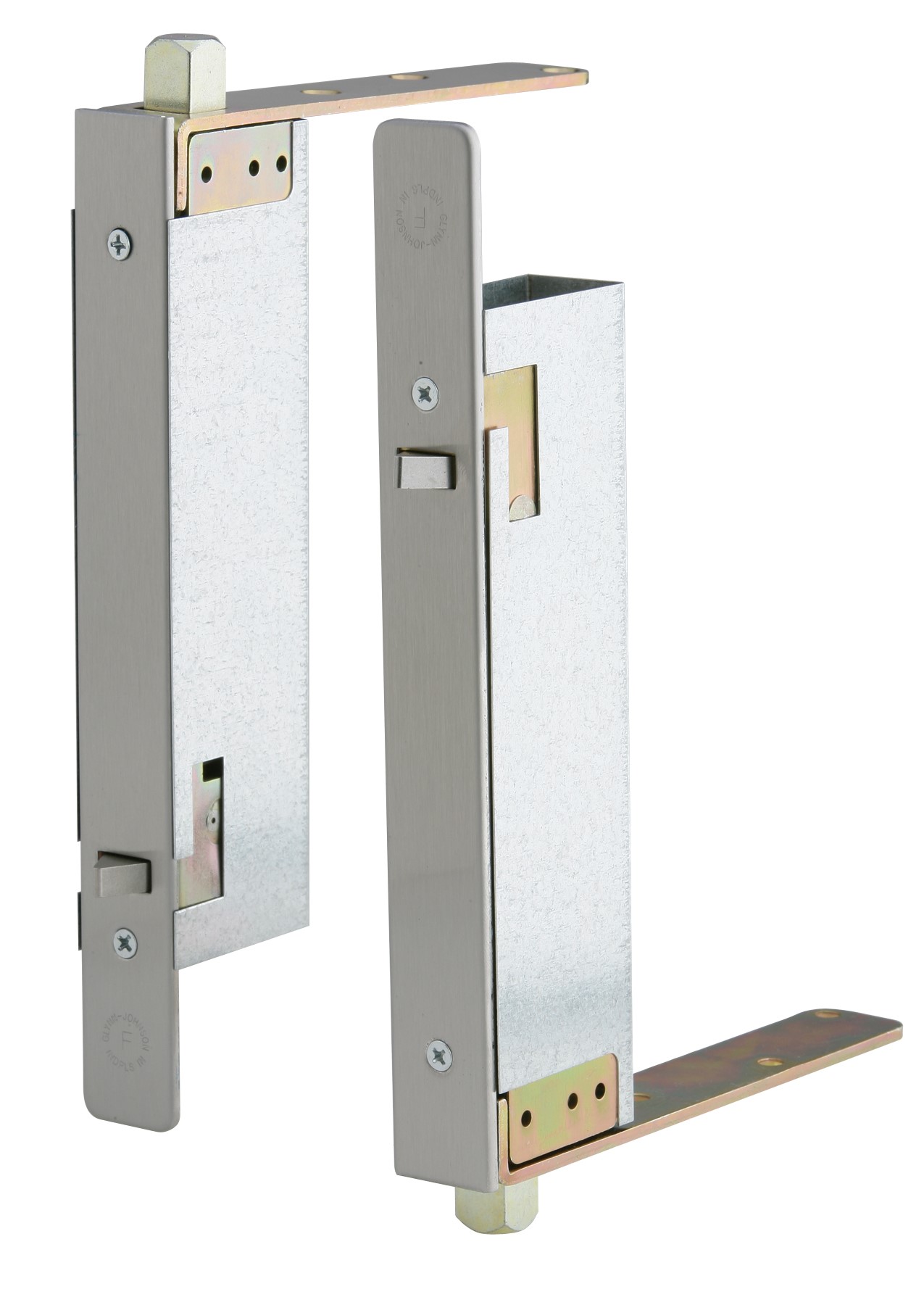
Automatic flush bolts are projected by a trigger on the door edge, when the active leaf of the pair or doors closes.
Flush bolts are used to secure the inactive leaf of a pair of doors, projecting into the frame head and sometimes into a floor strike, depending on the type of bolt selected. In this application, the active leaf would typically have a lockset that latches into a strike mounted on the edge of the inactive leaf. Manual flush bolts and surface bolts are projected and retracted manually, and automatic flush bolts are projected when the active leaf closes and depresses a trigger on the edge of the door. When the active leaf is opened, the automatic flush bolt retracts. Automatic flush bolts depend on another piece of hardware – a coordinator – to help ensure that the inactive leaf closes before the active leaf.
Constant latching bolts are a type of automatic flush bolt – the bottom bolt is a regular automatic flush bolt, but the top bolt latches when the inactive leaf closes and stays latched until it is retracted manually. Automatic and constant latching bolts are also available with a top bolt only, and an auxiliary fire pin. This pin mounts near the bottom of the door edge and projects when a high temperature is reached during a fire, helping to align the doors in the opening and deter the spread of smoke and flames.
2024 IBC Changes
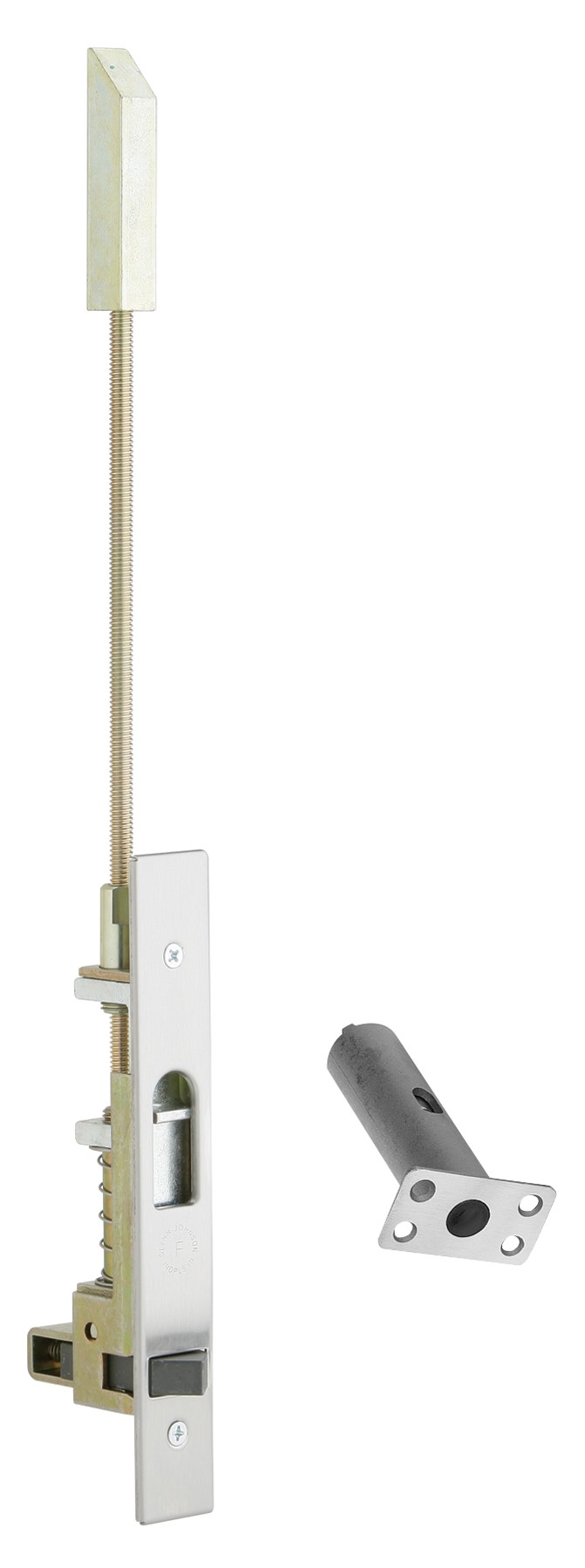
Constant latching bolts latch automatically and are retracted by using a slider on the door edge. They may be paired with an automatic flush bolt or an auxiliary fire pin.
One issue that was resolved by the 2024 code change was that the Bolt Locks section previously permitted manual flush bolts in certain locations based on the use group and occupant load, without including qualifying information about locations where positive latching hardware was required – like fire door assemblies and corridor doors in health care facilities. If someone referred to the Bolt Locks section without being familiar with the positive-latching requirements stated in other sections of the code, they might specify or supply the incorrect type of bolt.
Although the requirements of previous editions of the code didn’t really change, the 2024 edition has pulled the requirements together in table format. Five different applications are addressed, each applicable to a pair of doors with an active leaf and an inactive leaf. The five applications are:
- Business, factory, or storage occupancies with an occupant load of less than 50 people: In these locations, non-fire-rated doors may have any of the three types of bolts (manual, automatic, or constant latching). Fire doors are permitted to have automatic flush bolts or constant latching bolts – both applications would require a coordinator which helps to ensure that the doors close in the proper sequence (inactive leaf before active).
- Business, factory, or storage occupancies where the building is equipped with an automatic sprinkler system and the inactive leaf is not needed in order to meet egress capacity requirements: As with doors in these occupancies serving a smaller occupant load (above), non-fire-rated doors may have any of the three types of bolts and fire doors must have automatic/constant latching bolts with a coordinator.
- Institutional Group I-2 patient care and sleeping rooms where the inactive leaf is not needed to meet egress capacity requirements: Because of the requirements for corridor doors in health care facilities to have positive-latching hardware (inactive leaf included), manual bolts are not permitted. Coordinators are not specifically addressed in the model codes, but typically pairs with automatic flush bolts would have a coordinator, while pairs with constant latching flush bolts may not.
- Any occupancy where panic hardware is not required, and where both leaves of a pair are required in order to meet egress capacity requirements: Because the inactive leaf of these openings must function as an egress door, the codes would require the inactive leaf to release with one releasing motion, with the releasing hardware located between 34 inches and 48 inches above the floor (or as further limited by state or local codes). For this reason, automatic flush bolts would be required; manual bolts and constant latching bolts would not allow code-compliant egress.
- Storage or equipment rooms where the inactive leaf is not needed to meet egress capacity requirements: In Group I-2 health care facilities, corridor doors serving storage or equipment rooms are required to have positive latching hardware and would need automatic or constant latching bolts; manual bolts would not be permitted. For other occupancies, any of the three types would be permitted, however, fire door assemblies with manual bolts may require approval from the code official.
For more information about manual bolts, automatic flush bolts, and constant latching bolts, refer to the new table in the Locks and Latches section of the IBC, or consult the Authority Having Jurisdiction (AHJ).
You need to login or register to bookmark/favorite this content.

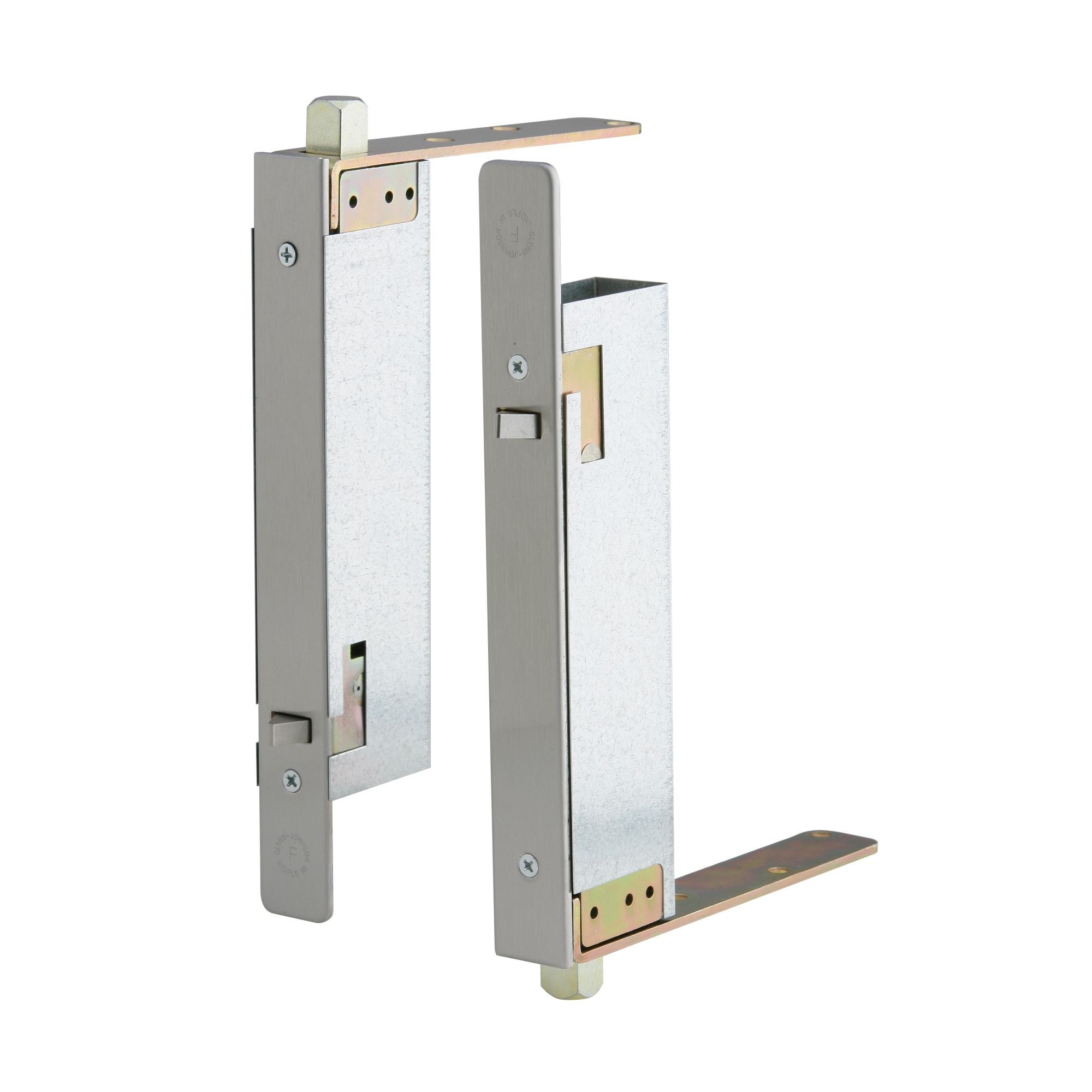
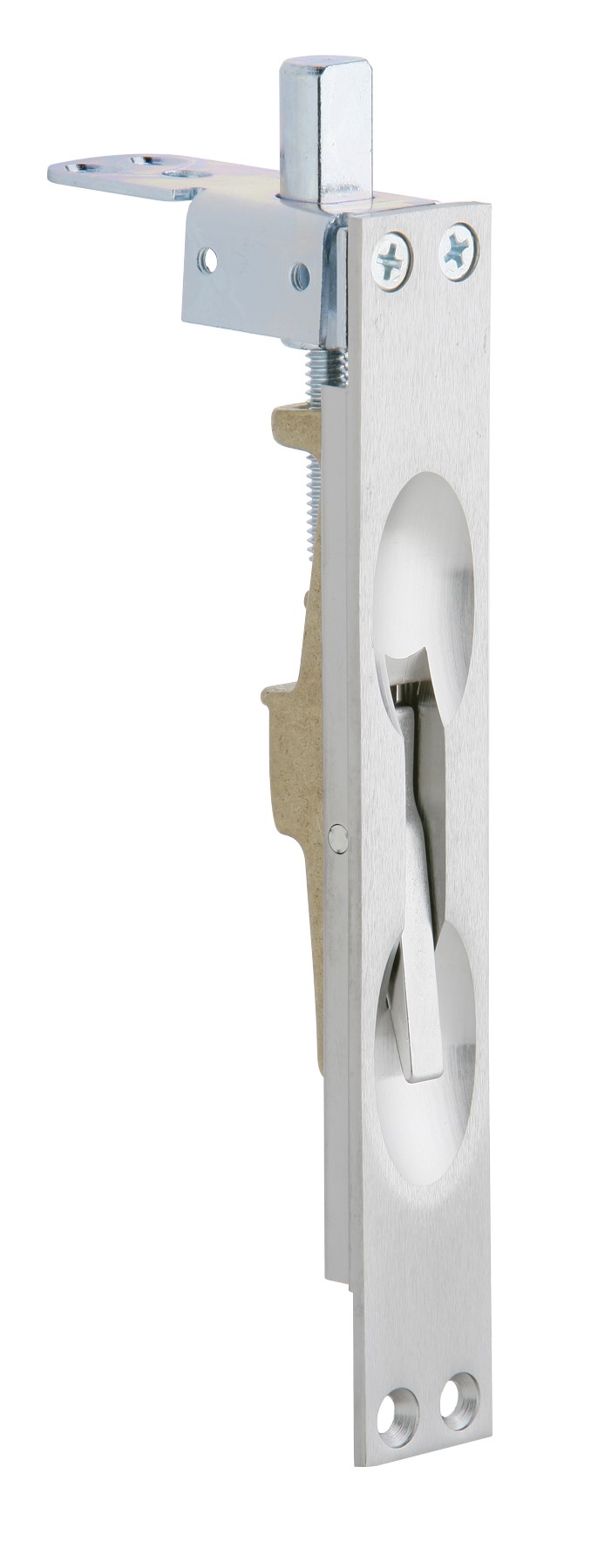
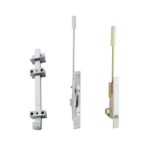
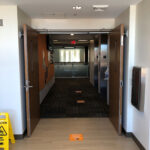
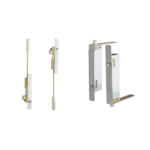
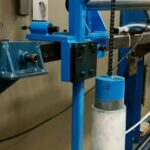

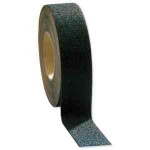

“Any occupancy where panic hardware is not required, and where both leaves of a pair are required in order to meet egress capacity requirements: Because the inactive leaf of these openings must function as an egress door, the codes would require the inactive leaf to release with one releasing motion, with the releasing hardware located between 34 inches and 48 inches above the floor (or as further limited by state or local codes). For this reason, automatic flush bolts would be required; manual bolts and constant latching bolts would not allow code-compliant egress.”
I’ve had this argument in the past so I’ll word it just as the architect did to me:
If both leaves are required to meet egress capacity, how is the inactive leaf compliant if the active leaf has to open first? It cannot be opened independent of the active leaf.
Hi Eric –
The model codes specifically allow automatic flush bolts on pairs, here’s the paragraph from the IBC: Where egress doors are used in pairs, approved automatic flush bolts shall be permitted to be used, provided that the door leaf having the automatic flush bolts does not have a doorknob or surface-mounted hardware.
Does that solve the problem? Or no?
– Lori